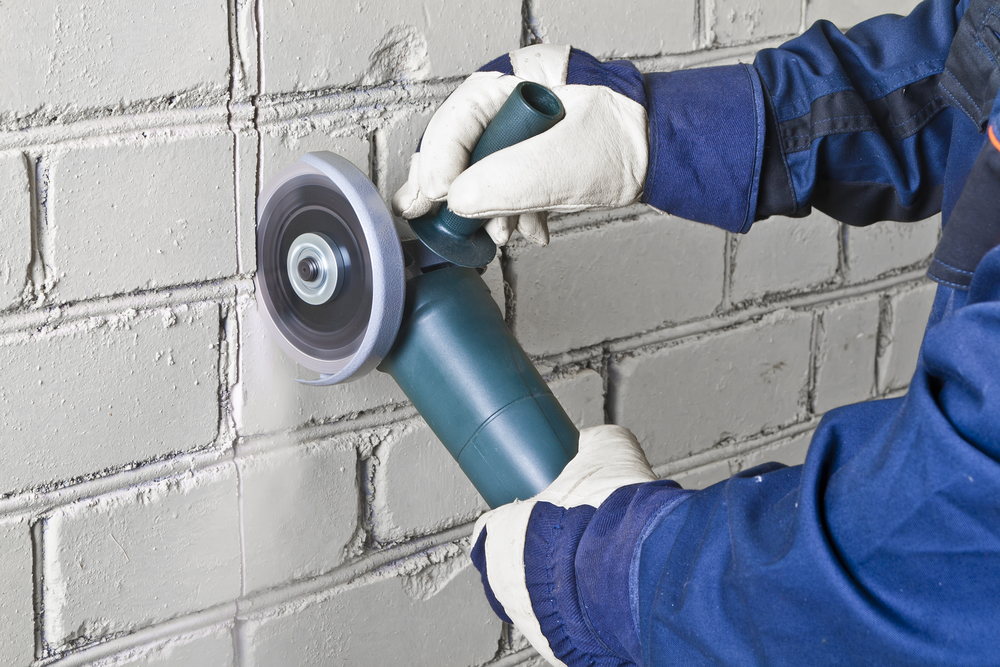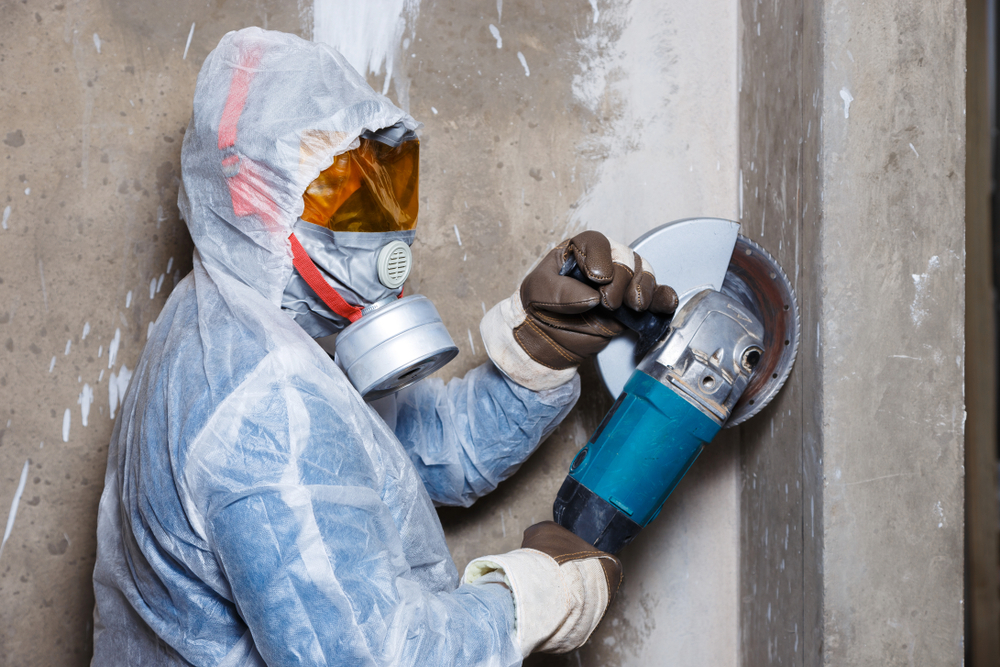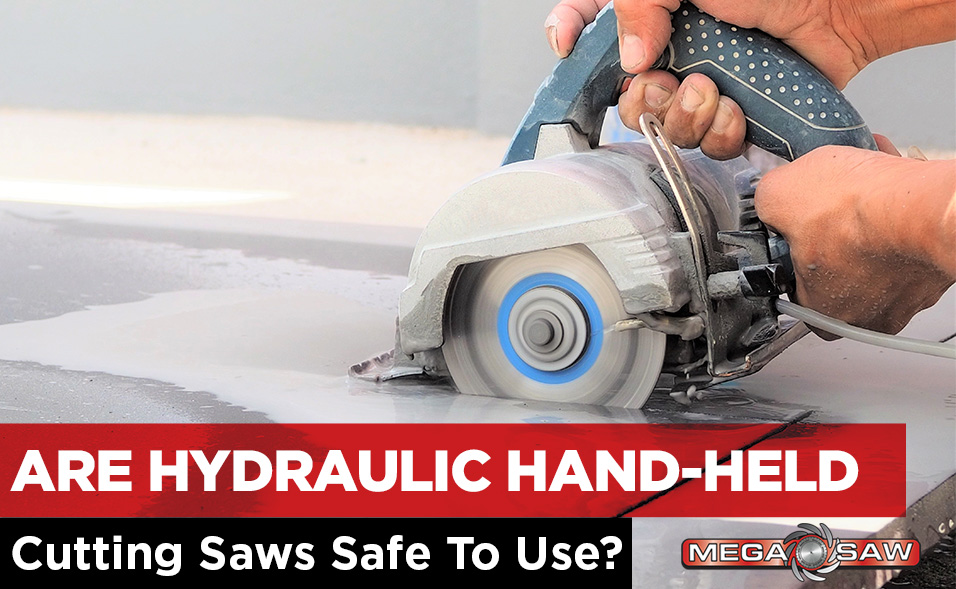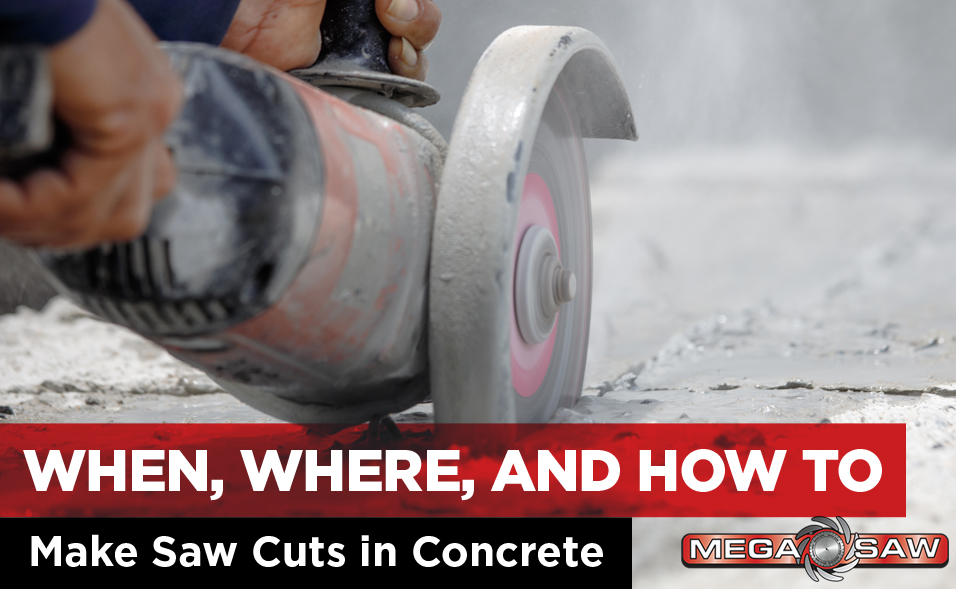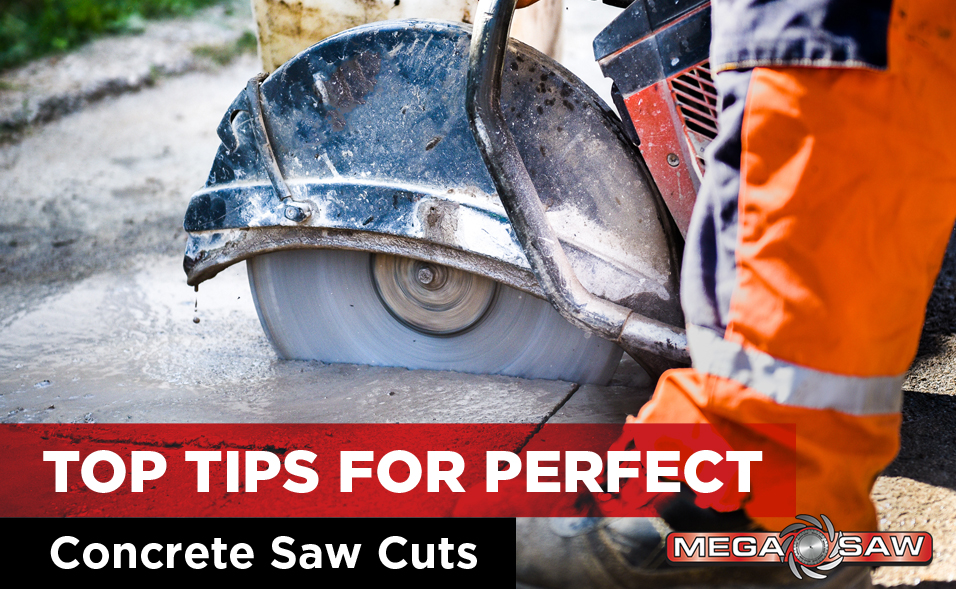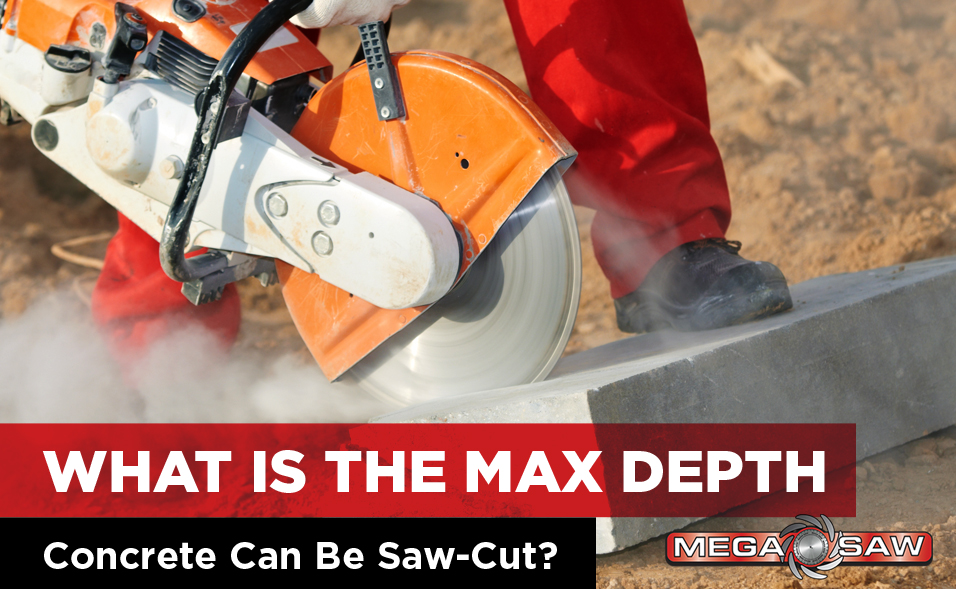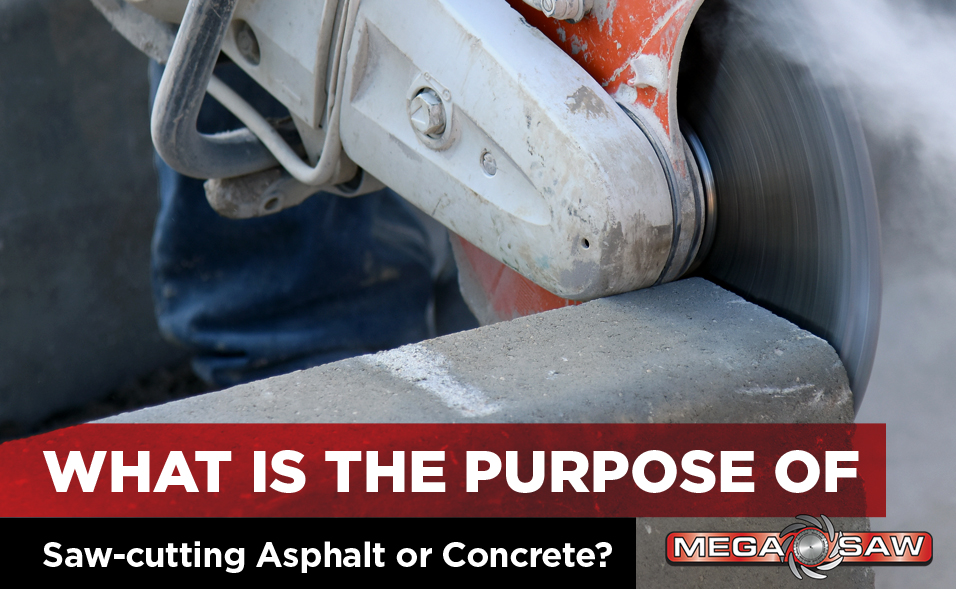Concrete is the primary material for most building and construction projects. Working with concrete can often get challenging, especially when you want to cut, drill, or saw it for modifications.
Knowing the right time to drill and saw-cut concrete is key to the success of such projects. So, when do such contractors know when to drill or saw concrete?
Let’s look at the details of concrete sawing and drilling and when to execute them:
Concrete Drilling
Core drilling is an essential procedure whenever accurate, circular diameter cuts are required. Drilling achieves up to 60” in diameter for holes, which can virtually be drilled to any depth.
Concrete drilling is typical in plumbing, HVAC, and electrical installations. One may ask what the best time for drilling concrete is. Well, concrete should be left to cure at least 60% before drilling.
This means waiting at least 3 days before any drilling. Typical applications that necessitate concrete drilling include:
- Construction of sewer and floor drains
- Sewer tie-ins
- Electrical, phone, fibre optic, and cable openings
- HVAC openings
- Anchor holes and handrails
- Aggregate analysis
Concrete drilling is achieved using a wet process. As such, concrete blocks, asphalt, solid concrete, and brick can all be core drilled to achieve the desired results.
Given the application of concrete drilling, walls and floors are the most common structures in core drilling.
Concrete Sawing
There are various ways in which concrete sawing is done, including asphalt sawing and flat sawing.
Concrete asphalt sawing is essential in replacing perimeter areas to replace damaged parts and provide clean edges for an improved appearance of the perimeter.
Concrete flat sawing, on the other hand, is a diamond cutting method that involves a diamond blade mounted on a machine.
Such machines are walk-behind machines and can be controlled by one operator. Concrete sawing is vital in creating control joints in concrete.
These joints help control the cracking of concrete due to shrinkage. So, when is the right time to saw your concrete?
Sawing should occur when concrete has gained sufficient strength, but just before internal cracking starts.
Generally, when to saw-cut concrete depends on the concrete mixture, weather conditions, and the type of cutting equipment to be used.
Sawing too early creates a mess and weakened edges of the concrete and may also cause wear on the saw blades.
On the other hand, sawing too late may result in uncontrolled cracking due to contracting during curing.
Given the weather conditions, concrete sawing can begin 4-12 hours after the concrete is poured. During the hot weather, sawing can be done as soon as 4 hours after pouring the concrete.
In the cooler weather, it may be done after 12 hours have elapsed, and when there is probably no ravelling on the concrete.
Typical applications of concrete sawing include:
- Cutting control and expansion joints
- Cutting reinforced floors
- Removing damaged concrete and asphalt sections
- Cleaning and preparing cracks for repair
- Trenching
Tips For Effective Concrete Drilling and Sawing
1. Use the Right Equipment
The right equipment for drilling and sawing will give you the best results. Core saws, core drills, and wall saws will give you the best cuts and accurate holes when used properly.
2. Use the Tools Right
When concrete cutting or drilling, applying excessive force on the drills may have undesirable results. Improper use of these tools may cause damage to the walls and equipment.
3. Layout Your Cuts
Laying out all the cuts helps you locate the right position to place your equipment before cutting or drilling. This helps you make accurate cuts and minimise damage to the walls or floors.
4. Protect Yourself
When cutting or drilling concrete, it is important to keep yourself safe from the debris and dust generated by these processes. A set of goggles and a dust mask will help protect you from dust and concrete bits.
Concrete drilling and sawing are important in construction as they help in making drains and control joints in concrete.
Concrete drilling should be done between 3-7 days after pouring concrete while sawing can be done between 4 and 12 hours of concrete pouring depending on the weather conditions.
As we can see, there are many things to consider when choosing a reputable and experienced concrete cutting service.
If you are looking for a specialist concrete cutting company who uses only the best practices to get the job done right, then please call us at Megasaw on 1300 920 419 or contact us through our website.

